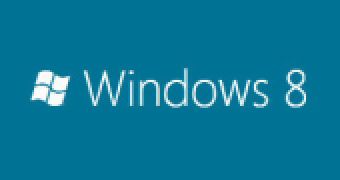When it offered the first taste of Windows 8 at D9 and Computex last week, Microsoft opted to highlight the introduction of a new development platform designed to enable devs to build applications running on the next version of Windows using HTML5, CSS and JavaScript technologies. It’s clear that the Redmond company told only part of the developer story for Windows 8, and that it’s gearing up to share additional details at the BUILD conference in September 2011.
According to Julie Larson-Green, Corporate Vice President, Windows Experience, developers building projects for Windows 8 will be able to create “web-connected and web-powered apps built using HTML5 and JavaScript that have access to the full power of the PC.”
Since no Microsoft executive, not at D9 and not at Computex, even mentioned the traditional frameworks used for the Windows operating system, developers have started asking a lot of questions, and even speculating that the Redmond company might dump its own technologies in favor of HMTL5, CSS and JS.
The way I see it, the software giant still has a lot to share with developers. A member of the IE team that posted an invitation to Build for all developers, also revealed in the comments that devs don’t really have anything to worry about.
“Adding HTML5 and JavaScript as first-class development technologies doesn't preclude maintaining or enhancing support for .NET, XAML, Silverlight, etc.” the IE team member revealed. (emphasis added)
Personally, I don’t think that Microsoft can afford to not to support .NET, XAML, or Silverlight. From what I can infer, support for HMTL5, CSS and JS will be added on top of .NET, XAML, or Silverlight, and there’s always codenamed Jupiter to be taken into consideration – reportedly, a new UI library for the operating system set up to allow devs to leverage XAML.
There’s no telling what exactly Microsoft is planning at this point in time. It sure would be nice for the software giant to come out and at least make sure that speculation in the developer communities doesn’t get out of hand.
Here’s what Larson-Green revealed last week about the new opportunities that Windows 8 will introduce:
“We talked a bit about how developers will build apps for the new system. Windows 8 apps use the power of HTML5, tapping into the native capabilities of Windows using standard JavaScript and HTML to deliver new kinds of experiences. These new Windows 8 apps are full-screen and touch-optimized, and they easily integrate with the capabilities of the new Windows user interface. There’s much more to the platform, capabilities and tools than we showed.
“We are excited to bring an innovative new platform and tools to developers and see how their creativity jumpstarts a new generation of apps. Windows 8 apps can use a broad set of new libraries and controls, designed for fluid interaction and seamless connectivity.
“Apps can add new capabilities to Windows and to other apps, connecting with one another through the new interface. For example, we showed how a developer can extend the file picker control to enable picking from their own app content or from within another Windows 8 app, in addition to the local file system and the network. We’re just getting started.”

 14 DAY TRIAL //
14 DAY TRIAL //